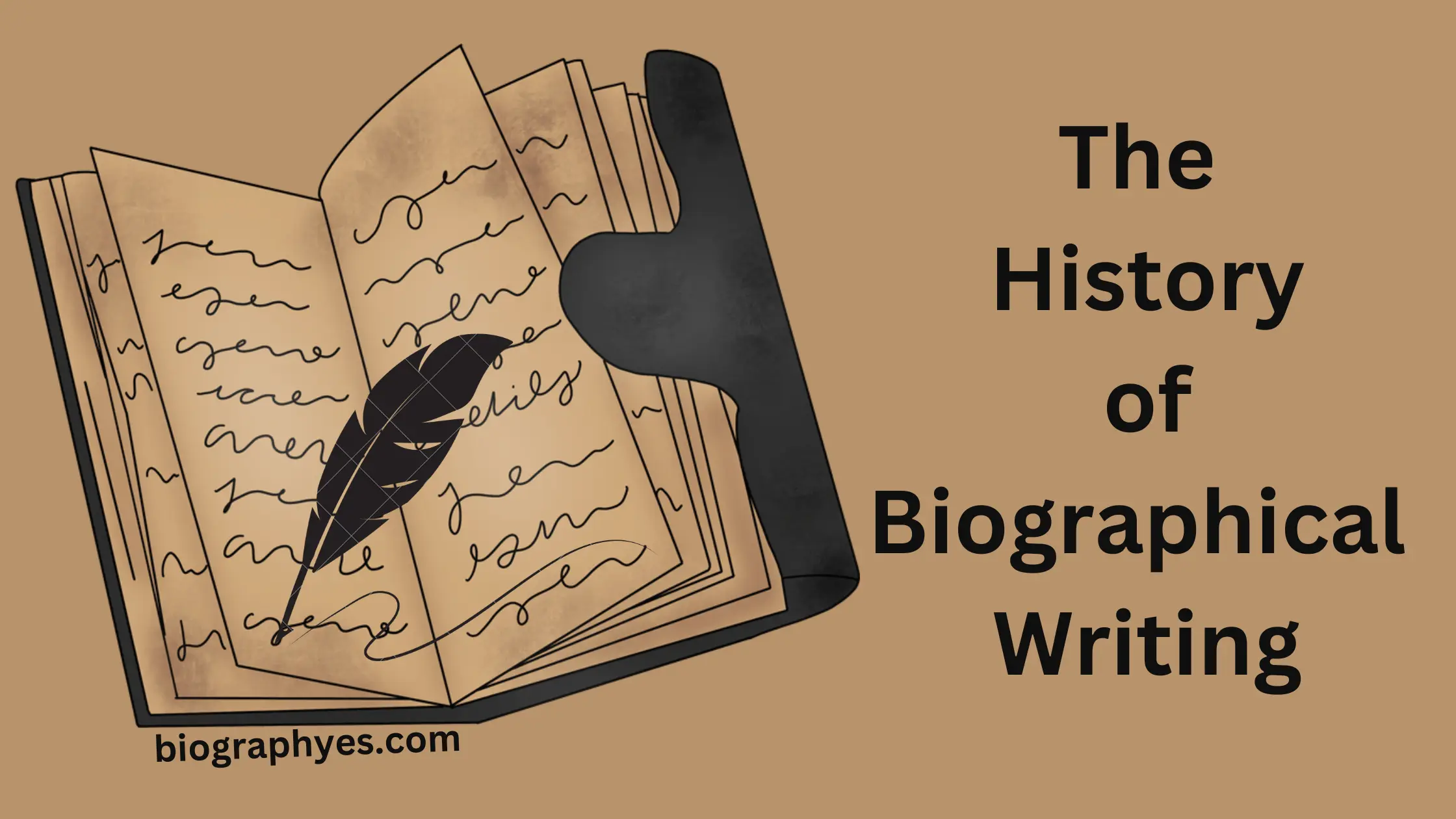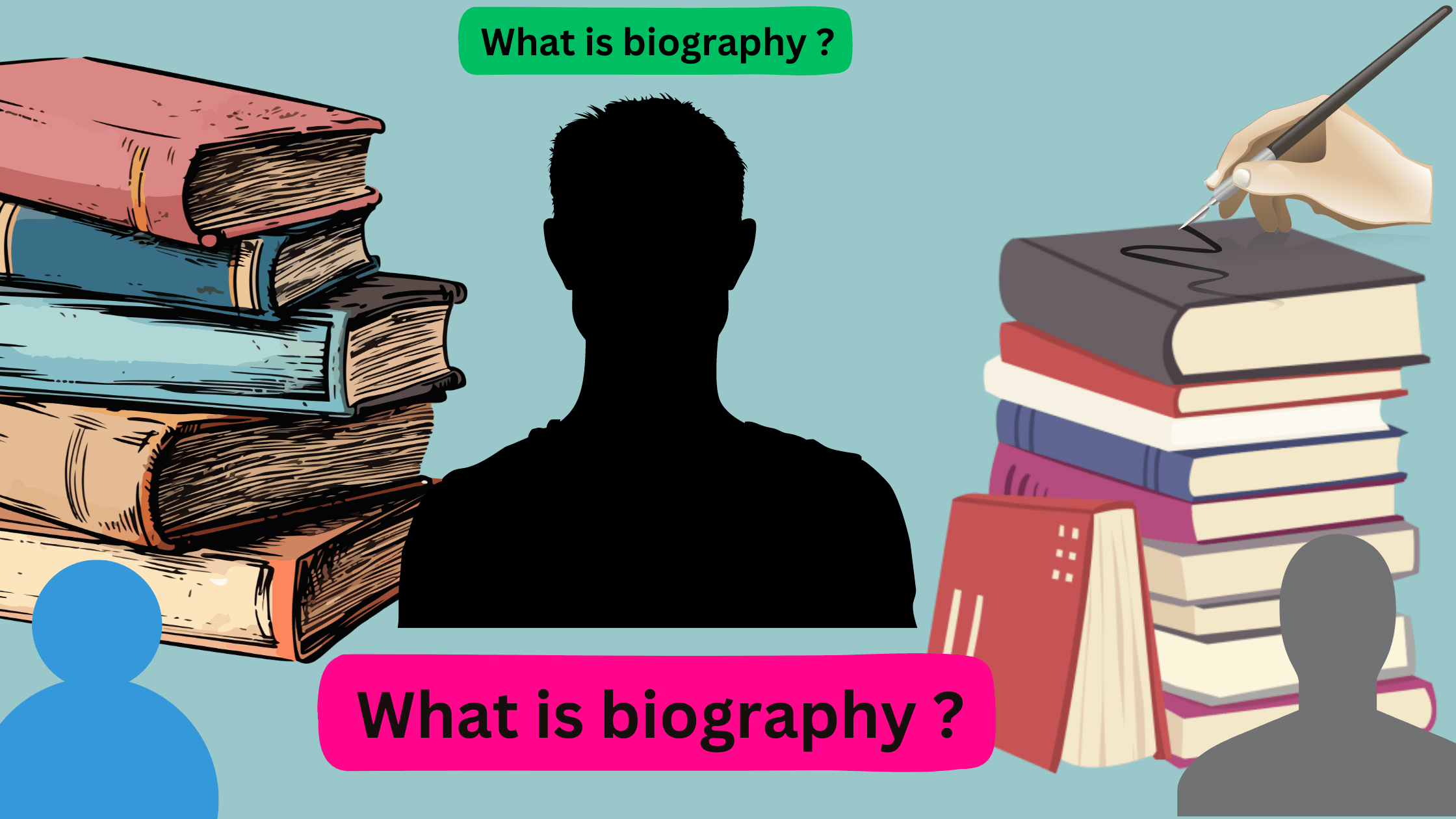The History of Biographical Writing
In the realm of literature, biographical writing holds a significant position, allowing us to delve into the lives of extraordinary individuals and uncover the intricacies of their journeys. From ancient times to the modern era, the history of biographical writing is a tale of human fascination with the lives of others.
Dating back to the third century BCE in ancient Greece, biographies initially emerged as a means to honor and immortalize individuals of note. The genre evolved across different cultures and eras, embodying diverse forms and styles, including memoirs, diaries, and autobiographies. As societies progressed, so did the methods of recording and narrating biographies.
Today, biographical writing not only provides a window into the lives of prominent figures but also serves as a tool for inspiration, education, and entertainment. By delving into these personal narratives, readers gain insight into the triumphs, struggles, and motivations of individuals from all walks of life.
In this article, we will explore the fascinating history of biographical writing, its evolution through time, and its enduring appeal. Join us on this captivating journey as we unravel the stories that have shaped our understanding of the human experience.
Early forms of biographical writing
The origins of biographical writing can be traced back to ancient civilizations, where the desire to document and preserve the lives of significant individuals emerged as a form of cultural expression. In ancient Egypt, for instance, the inscriptions on tomb walls and monuments served as early biographical accounts, celebrating the lives and achievements of pharaohs, nobles, and other prominent figures.
Similarly, in ancient Mesopotamia, the cuneiform tablets and inscriptions found in archaeological sites provide glimpses into the lives of kings, priests, and scholars. These early forms of biographical writing were often imbued with a sense of reverence and veneration, serving as a means to immortalize the deeds and legacies of the subjects.
The ancient Greeks, renowned for their rich literary traditions, also contributed to the development of biographical writing. The Athenian statesman Plutarch, who lived in the 1st century CE, is widely considered one of the earliest and most influential biographers. His work, “Parallel Lives,” chronicled the lives of prominent Greek and Roman figures, drawing connections and comparisons between their experiences and achievements.
Ancient biographical writing – Plutarch and Suetonius
Plutarch’s “Parallel Lives” stands as a seminal work in the history of biographical writing. In this collection of biographies, Plutarch meticulously documented the lives of notable figures, including statesmen, generals, and philosophers, from both the Greek and Roman worlds. His approach was marked by a keen interest in the subjects’ character, virtues, and moral qualities, rather than a mere recitation of historical facts.
Plutarch’s biographies were not merely factual accounts but rather narrative-driven explorations of the individuals’ motivations, decisions, and the impact they had on their respective societies. By drawing parallels between the lives of Greek and Roman figures, Plutarch sought to illuminate the universal human experience and the shared qualities that define greatness.
Another significant ancient biographer was Suetonius, a Roman historian who lived in the 2nd century CE. His work, “The Twelve Caesars,” provided a comprehensive and often salacious account of the lives of the first twelve Roman emperors, from Julius Caesar to Domitian. Suetonius’ biographies were marked by a more detailed and chronological approach, delving into the personal lives, habits, and scandals of the imperial figures.
Medieval biographical writing – Saints’ lives and hagiography
As the Middle Ages dawned, the focus of biographical writing shifted towards the lives of religious figures, particularly saints and other pious individuals. This genre, known as hagiography, emerged as a means to celebrate the virtues, miracles, and spiritual journeys of these revered figures.
The lives of saints were often recorded in the form of biographies, known as “vitae” or “hagiographies,” which were typically written by their contemporaries or close followers. These accounts emphasized the subject’s devotion to God, their miraculous deeds, and their exemplary moral character, serving as inspirational narratives for the faithful.
One of the most renowned medieval biographers was Einhard, a Frankish scholar and courtier who lived in the 9th century. His work, “Life of Charlemagne,” provided a detailed and intimate portrait of the legendary Frankish king, offering insights into his personal life, military conquests, and political achievements. Einhard’s biography was notable for its balanced and objective approach, which contrasted with the often hagiographic nature of medieval biographical writing.
Renaissance and Enlightenment biographical writing
The Renaissance period witnessed a renewed interest in biographical writing, as scholars and intellectuals sought to rediscover and celebrate the lives of historical figures. This era saw the emergence of more nuanced and multifaceted approaches to biography, reflecting the growing emphasis on individualism and the exploration of human character.
One of the most renowned Renaissance biographers was Giorgio Vasari, an Italian artist and writer who lived in the 16th century. His work, “Lives of the Most Excellent Painters, Sculptors, and Architects,” chronicled the lives and artistic achievements of numerous Italian artists, providing a comprehensive and insightful account of the Renaissance art world.
During the Enlightenment, biographical writing continued to evolve, with a greater emphasis on reason, objectivity, and the exploration of the individual’s social and political context. Prominent Enlightenment biographers, such as James Boswell, the author of “Life of Johnson,” and Voltaire, who wrote biographies of prominent figures like Louis XIV and Charles XII of Sweden, sought to understand their subjects’ lives within the broader social and intellectual landscape of their time.
The rise of the modern biographical genre
The 19th century marked a significant turning point in the history of biographical writing, as the genre underwent a transformation and gained widespread popularity. This period saw the emergence of the modern biographical form, characterized by a more comprehensive and analytical approach to the subject’s life.
One of the key figures in this evolution was Thomas Carlyle, a Scottish philosopher and historian who championed the idea of the “Great Man” theory in his work “On Heroes, Hero-Worship, and the Heroic in History.” Carlyle’s biographies, such as “The Life of Friedrich Schiller” and “The Life of Oliver Cromwell,” placed a strong emphasis on the role of influential individuals in shaping historical events.
Alongside Carlyle, other notable 19th-century biographers, such as Lytton Strachey and Virginia Woolf, pushed the boundaries of the genre, experimenting with new narrative techniques and psychological insights. Strachey’s “Eminent Victorians,” for example, offered a groundbreaking approach to biography, eschewing the traditional hagiographic style in favor of a more critical and nuanced exploration of his subjects’ lives.
Notable biographical writers and their works
Throughout the history of biographical writing, numerous authors have left an indelible mark on the genre, contributing to its evolution and expanding the boundaries of what a biography can be.
One such figure is Lytton Strachey, the English writer and critic who revolutionized the biographical form in the early 20th century. Strachey’s “Eminent Victorians,” published in 1918, challenged the prevailing hagiographic approach to biography by presenting a more critical and psychologically insightful portrayal of four prominent Victorian figures: Cardinal Manning, Florence Nightingale, Dr. Arnold, and General Gordon.
Another influential biographer is Robert Caro, the American journalist and author known for his meticulously researched and acclaimed biographies of powerful political figures. Caro’s multi-volume work on Lyndon B. Johnson, “The Years of Lyndon Johnson,” is widely regarded as a masterpiece of biographical writing, offering an in-depth exploration of the former U.S. president’s life and the complex social and political landscape of his time.
In the realm of literary biographies, one of the most renowned figures is Leon Edel, the American literary critic and biographer who authored the acclaimed five-volume biography of Henry James. Edel’s work, “The Life of Henry James,” is considered a landmark in the field, providing a comprehensive and insightful portrait of the renowned novelist.
Contemporary trends in biographical writing
In the contemporary era, biographical writing has continued to evolve, reflecting the changing social, cultural, and technological landscapes. One notable trend is the increasing diversity of subjects, as biographers seek to shed light on the lives of individuals from underrepresented or marginalized communities.
For instance, the recent decades have witnessed a surge in biographies that explore the lives of women, minorities, and LGBTQ+ individuals, challenging the historical dominance of white, male-centric biographical narratives. Biographers such as Toni Morrison, Audre Lorde, and Alison Bechdel have produced compelling works that illuminate the experiences and contributions of these individuals, enriching our understanding of the human experience.
Another contemporary trend in biographical writing is the growing emphasis on interdisciplinary approaches, with biographers drawing from fields such as psychology, sociology, and cultural studies to provide a more holistic and nuanced understanding of their subjects. This has led to the emergence of innovative biographical forms, such as the “microhistory,” which focuses on the lives of ordinary individuals to shed light on broader social and cultural phenomena.
Impact and importance of biographical writing
Biographical writing has had a profound and lasting impact on our understanding of history, culture, and the human experience. By delving into the lives of individuals, biographers have the power to illuminate the complexities of the human condition, revealing the triumphs, struggles, and motivations that shape the course of our collective story.
One of the primary contributions of biographical writing is its ability to humanize history, transforming the often abstract and impersonal narratives of the past into intimate and relatable accounts. By exploring the personal lives and perspectives of historical figures, biographers offer readers a window into the past, fostering a deeper empathy and understanding of the human experience.
Moreover, biographical writing has the potential to inspire and empower readers, providing them with role models and sources of motivation. By highlighting the achievements, resilience, and perseverance of remarkable individuals, biographies can serve as a powerful tool for personal growth and social change, encouraging readers to strive for their own greatness and to make a positive impact on the world around them.
Conclusion
The history of biographical writing is a testament to the enduring human fascination with the lives of others. From the ancient reverence for the deeds of kings and pharaohs to the contemporary exploration of the experiences of marginalized individuals, the genre has evolved and adapted to reflect the changing social, cultural, and intellectual landscapes.
As we have seen, biographical writing has played a crucial role in shaping our understanding of history, culture, and the human condition. By delving into the lives of remarkable individuals, biographers have the power to humanize the past, inspire the present, and shape the future. The continued evolution and diversification of biographical writing ensure that this genre will continue to captivate and enlighten readers for generations to come.
In the ever-expanding tapestry of human stories, biographical writing remains a vital and indispensable thread, weaving together the narratives that define our collective experience. As we continue to explore the lives of those who have come before us, we uncover not only the unique journeys of remarkable individuals but also the universal truths that bind us all together.


